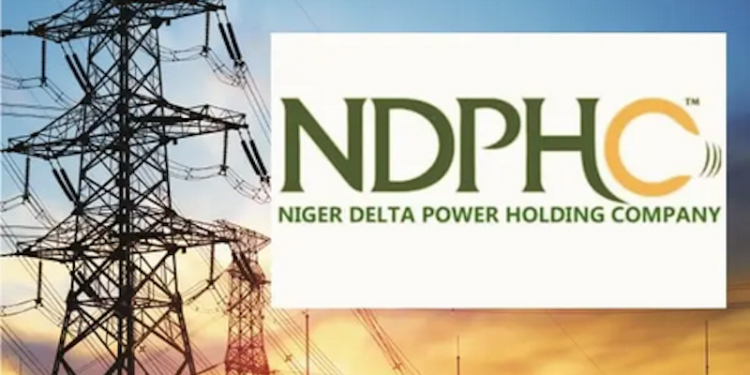The Niger Delta Power Holding Company (NDPHC) has raised alarm over debts amounting to nearly N600 billion owed by the Nigeria Bulk Electricity Trading Plc (NBET) and other bilateral entities, a burden the company says is significantly hampering its operations and contributing to Nigeria’s deepening electricity crisis.
The Managing Director of NDPHC revealed that mounting debts, combined with poor uptake of electricity from the grid, persistent gas supply issues, and transmission bottlenecks, have left as much as 2,000 megawatts of generation capacity stranded. Despite recent efforts to revive five turbine units across the Calabar, Omotosho, Sapele, and Ihovbor plants—adding 625MW to the national grid—the company says much of its potential output remains untapped.
The company lamented that its power plants, developed under the National Integrated Power Project (NIPP), are frequently ordered to operate by the system operator for grid stability purposes without compensation. These operations, which include start-ups and shut-downs, strain the turbine units and add financial stress. NDPHC insists these ancillary services should be monetised according to industry regulations.
Transmission limitations and inadequate demand from electricity distribution companies also continue to cripple power generation efforts. According to the company, even when demand exists, the lack of dispatch corridors and wheeling capacity prevents delivery of power to the end-users. The managing director stressed that generation is entirely dependent on demand, which is currently too low to justify full-scale generation.
Since its inception, NDPHC has invested over N500 billion in expanding the national transmission infrastructure. This includes major projects such as substations, transformers, transmission lines, and switchgear systems now operated by the Transmission Company of Nigeria. Yet, despite this contribution, the company remains at the lowest tier in NBET’s dispatch priority list—an issue it says severely affects its finances and operational viability.
One of the most glaring examples of underutilisation is the Alaoji Power Plant, which has been dormant for months due to a metering dispute with its gas supplier. The company, however,assured that steps are being taken to restore the gas metering system and bring the station back online by the end of the year.
Meanwhile, efforts by NDPHC to secure a Power Purchase Agreement with NBET have reportedly failed. This, the company says, has further worsened its stranded capacity problem, despite being one of the sector’s largest turbine fleet operators with available daily dispatch potential of about 2,000MW.
As a response, the new management is shifting focus toward direct bilateral sales, leveraging a recent directive from the Nigerian Electricity Regulatory Commission (NERC) allowing generation companies to sell power directly to eligible customers. The company is now finalising deals under this framework to commercialise its stranded capacity and reduce financial losses.
Despite its 4,000MW installed capacity, NDPHC’s power plants currently struggle to produce even a quarter of that. NERC’s recent report confirms that only Ihovbor 2 is operating near full capacity, generating 449MW out of 461MW. Most others, like Olorunsogo 2, Omotosho 2, and Sapele 1, are operating at under 25 per cent. Alaoji 1 has remained completely idle for months.
This persistent underutilisation has left large parts of the country in darkness and continues to raise concerns about Nigeria’s ability to meet its power generation targets. Attempts to obtain a response from NBET have so far been unsuccessful.
As the NDPHC shifts strategy towards bilateral trading and pushes for monetisation of its contributions to grid stability, questions remain about how long the sector can continue to function under its current structural and financial constraints.










